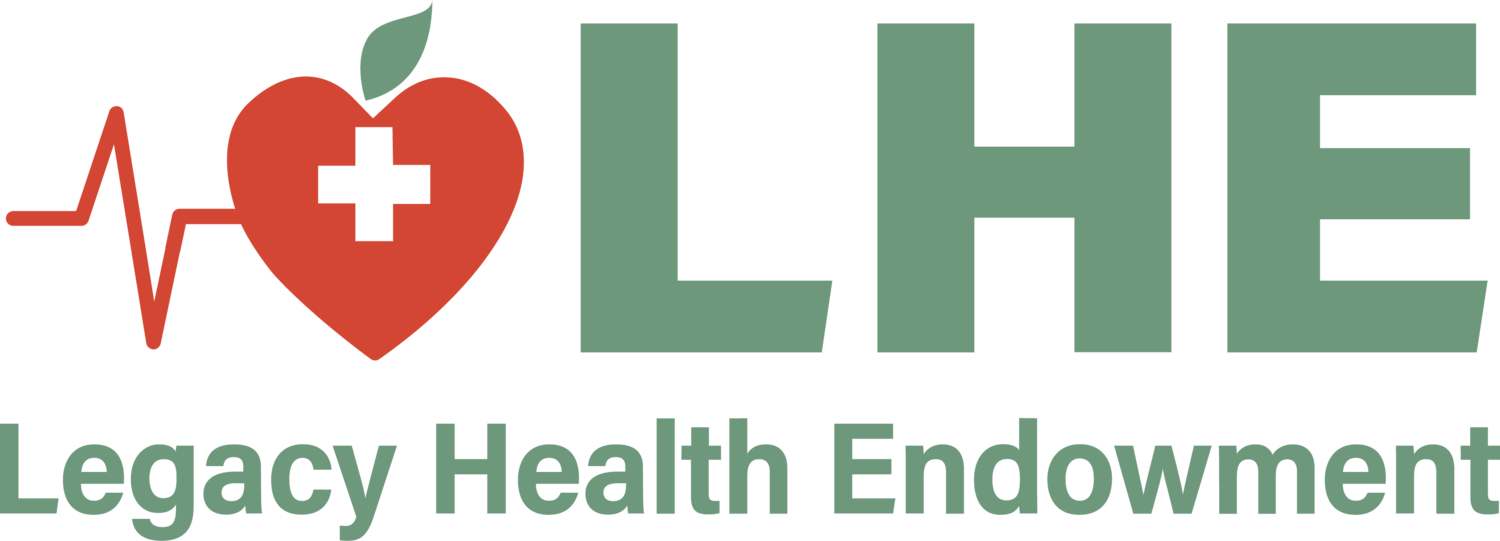The Prescription Drug Rebate Racket: It’s Time for Change
How is the cost of prescription drugs working out for you?
For countless people across the country, accessing medication has become a nightmare as high out of pocket costs forced on them by their health insurers often means people have to forgo or ration the prescription medications they need to treat chronic medical conditions.
State and federal elected officials continually debate how to remedy this untenable situation (as yet to no avail), including pointing out the need to reform the complicated and mysterious prescription drug rebate scheme which benefits middlemen such as Pharmacy Benefit Managers (PBMs) and health insurers. Rebates, legal kickbacks, often are sought by PBMs by swapping pharmaceutical manufacturers preferable treatment in exchange for rebates even when that specific medication may not be as good as one that refuses to provide rebates or lower rebates.
Consumers may be surprised, and perhaps disgusted, about how these “rebates” actually work.
Large private health insurers, Medicaid (known as Medi-Cal in California), and the Medicare Part D program work with PBMs to implement, manage and administer their prescription drug benefits. The initial role of PBMs at their creation was to connect pharmacies to members and their health plan benefits and to administer billing for pharmacy benefit programs.
Over the years however, the scope of PBMs has expanded to include developing the lists of medications available to health plan members – known as drug formularies – creating and managing “clinical rules” and negotiating drug prices, which includes rebates. Normally when we hear about rebates when we think of it as the way consumers get some money back on their purchases. But that’s far from the case with pharmaceutical rebates.
Here’s how it works: PBMs negotiate rebates with drug manufacturers based on the list price of the drug. Say, for example, the list price of a brand name prescription medication is $600 for 30 days. PBMs will contract with drug companies for a $200 rebate on the drug in exchange for giving the medication a preferred spot on the health plan’s drug formulary: in other words that drug will be given preference over another medication that is potentially clinically better but whose rebate is not as large.
Ideally, the rebates for these medications would go to lower drug prices for consumers. But that’s not what happens here.
Instead, every time a patient fills a prescription for that medication, the PBM, not the consumer gets the $200 rebate. PBMs then take a cut of the rebate and give the rest to the insurers they represent, ostensibly to lower costs for the health plan. Unfortunately, there’s no transparency or accountability in this process so we don’t know how the funds are actually used and what role they play in premium costs, if any. What we do know is that these rebates are not making drugs more affordable for patients at the pharmacy counter.
To make matters worse, the price patients pay for their medications at the pharmacy are often still based on the list price. If a patient is required to pay a percentage of their drug costs out of pocket, such as a deductible, copay or co-insurance, what the patient pays is based on the $600 list price, not the net price after rebate. The health plans benefit directly, the PBM benefits directly, but not necessarily the patients taking these brand name medications.
Additionally, there is evidence that the rebate scheme is causing the list prices of medications to go up as pharmaceutical manufacturers attempt to cover the “preferred formulary placement expense” and maintain sufficient revenue to run their own businesses. As list prices of prescription medications go up, consumers are forced to pay even more while PBMs enjoy an increase in the amount of their rebates; sometimes as retained profits.
The dollars attached to prescription drug rebates are far from insignificant. Indeed, a 2019 Pew analysis found that PBM rebates increased from $39.7 billion in 2012 to $89.5 billion in 2016 [Pew Charitable Trusts], or about $275 per year for every adult and child in the USA ($89.5B/325M). That’s billions of health care dollars that could, and should, be going toward helping patients receive and pay for the medications they need.
While there are never easy or quick answers to reforming our health care systems there are steps that can be taken now. First, consumer access to medications should be based on the medication’s effectiveness, not on secret deals that put billions into the pockets of healthcare middlemen. Tying drug formulary placement to financial incentives should be prohibited.
Second, the rebate program should have full transparency so that healthcare consumers, as well as taxpayers who fund Medicaid and Medicare, can know where the rebate dollars are going and whether they actually benefit patients.
Third, there should be a ban on “gag clauses” that prohibit pharmacies from sharing information with consumers.
Finally, any rebate program should include provisions that ensure rebate funds go to improve access for, and offset the price of, prescription medications for patients.
Lowering what health insurers require people to pay for prescription drug costs is a priority for this country. We cannot have chronic disease go untreated and people staying sick, living in pain, and even dying because they can’t afford the prescription medication they need. But knowing it’s a priority is not going to get us anywhere if changes are not made, and soon.
We are long overdue to acknowledge the secrecy of the PBM world and take the cover off the PBM black Box. While doing so, we should admit that the prescription drug rebate program is part of the problem.
Our ultimate goal should be to eliminate all rebates and focus on improved patient access and affordability to medications that are best in class, not those with the largest rebates.
Jeffrey Lewis is president and chief executive officer of Legacy Health Endowment in Turlock, California. The views expressed are his own.

